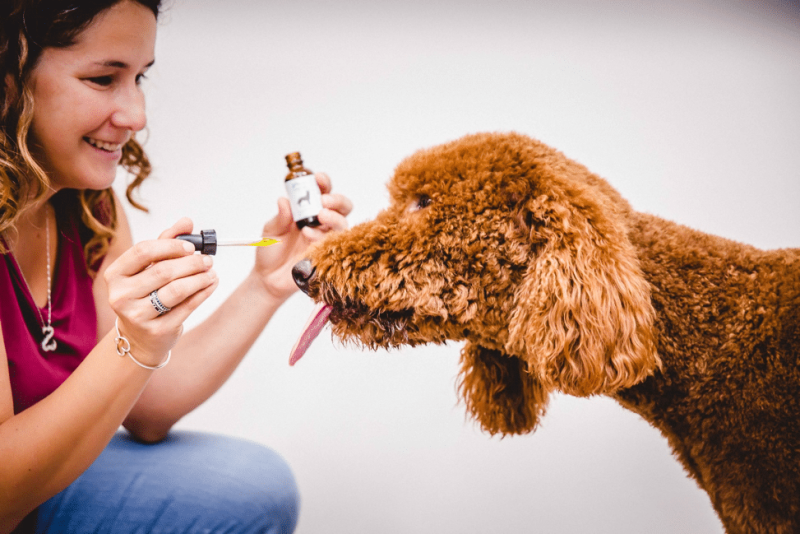

How to Prevent Diabetes in Dogs
Like humans, our dogs are at risk
Diabetes mellitus, also called sugar diabetes, is becoming more prevalent in today’s society. Like humans, dogs can develop diabetes and may need medical care throughout their lifetime to manage the disease.
Diabetes mellitus is characterized by a lack or relative deficiency of a hormone called insulin. This hormone is produced by the pancreas and is needed to store energy from food and to use glucose for fuel. Dr. Audrey Cook, associate professor at the Texas A&M College of Veterinary Medicine & Biomedical Sciences, explained how an insulin deficiency can negatively affect a dog’s health.
“In people, the two most common forms of diabetes are Type 1 and Type 2,” she said. “Type 1 diabetics do not make insulin at all and will need insulin injections for life. This is typically the type of diabetes that we see in dogs. In some cases, chronic inflammation of the pancreas—called pancreatitis—can gradually destroy cells that produce insulin in canines, resulting in diabetes. On rare occasions, we even see dogs that become transiently diabetic following a heat cycle. This is called diestrus diabetes.”
Health and lifestyle are a few contributing factors to the development of diabetes in people, but genetics plays the most important role in dogs. According to Cook, there are strong breed predispositions to diabetes, with the Australian terrier at particularly high risk. Other breeds with increased risk include schnauzers, fox terriers, and bichons. Intact female dogs of any breed are vulnerable to diestrus diabetes, but the Norwegian elkhound is at especially high risk.
Signs of diabetes dog owners should look out for include increased thirst and frequent urination. Dogs with diabetes may also seem hungry despite eating a good meal, and dramatic weight loss can occur. If diabetes is left untreated, affected dogs can become ill with vomiting and collapse and will die without aggressive medical care. Since these severe symptoms can occur within two weeks of signs first appearing, Cook recommended taking any change in thirst seriously and urged veterinary care.
Unlike diabetes in cats, there is little that most owners can do to prevent this disease as diet and lifestyle do not play a substantial role in the development of canine diabetes. Cook recommends spaying female dogs to decrease the risk of diestrus diabetes. In dogs with a history of pancreatitis, a low fat diet may reduce episodes of inflammation and prevent the interruption of insulin production. However, Cook reminds dog owners that most diabetic dogs, like people with Type 1 diabetes, are healthy before the disease strikes.
If you think your dog may be showing signs of diabetes, contact your veterinarian immediately. Diabetes is a serious condition but it can be successfully managed through a joint effort between you and your veterinarian.
Join the newsletter and never miss out on dog content again!
"*" indicates required fields
By clicking the arrow, you agree to our web Terms of Use and Privacy & Cookie Policy. Easy unsubscribe links are provided in every email.





